Technically, the name Hilux is English, it is simply derived from the words “high” and “luxury.” Two words quite literally nobody would associate with a Toyota Hilux.
Over the years it has earned a reputation for being one of the toughest pickups ever built, able to sustain unrelenting punishment and still keep going. Africa is the ultimate proving ground for durability and every generation has proven itself on that continent. Where so many failed, the Hilux thrived.
It might have an ironic sort of name, but there isn’t anything ironic about how purposeful the machine is, and that rugged, purposeful nature is what has won over generations of fans.
8 First Generation: 1968 - 1972
When the first Hilux burst onto the scene, it came with a slightly anemic 1.5-liter inline 4, but opted to rather give the American market the more powerful 1.9-liter engines.
By the time it reached its final year of production in 1972, you could have it with the 108 horsepower 18R engine, which made it both lighter and more powerful than the Mustang II that came out the following year, with the added bonus of being able to haul its own weight in cargo.
7 Second Generation: 1972 - 1978
By the time the little pickup made it to its second generation, that 18R was standard fare. It proved to be exceptionally reliable and sold well all over the world.
For this model, Toyota added an optional 3-speed automatic and the now famous 5-speed manual, AKA the SR5. You could also get a long bed version for the first time.
6 Third Generation: 1978 - 1983
For the first time, you could have a Hilux or Pickup, with four-wheel drive. It is this model that really put the Hilux on the map, offering even more utility. It also solidified the model's growing reputation for durability.
Unfortunately, these also brought their two least endearing features to light. Firstly, they were never fast. With an old, rudimentary 4WD fitted to the underpowered diesel version, they were achingly slow. Secondly, their lack of rustproofing. This resulted in many of the trucks simply dissolving back to the earth. Often leaving behind a perfectly operational drivetrain.
5 Fourth Generation: 1983 - 1988
Once it went into its fourth generation, the Hilux was very much into its stride. They had expanded the model lineup and had a host of different engine options available, including the much improved 2.4-liter diesel. This was also the first Hilux to be offered as a dual cab.
Notably, it also gave birth to a type of vehicle that has since become pretty popular, the body-on-frame pickup-based SUV. Introduced for the 1984-year model, the Surf and 4Runner quickly became top sellers for the brand.
4 Fifth Generation: 1988 - 1997
With the incredible popularity of the fourth generation, Toyota were reluctant to risk throwing out the baby with the bathwater when they redesigned the Hilux in 1987. Hence, the company opted to go as far as skipping this generation altogether in markets with less stringent safety regulations.
It would also be the first and last Hilux to be made in the U.S., as it was replaced by the Tacoma by 1995 as the midsize/entry level pickup for the North American market.
3 Sixth Generation: 1997 - 2004
After the fairly radical redesign that was launched between the fourth and fifth generations, Toyota went back into their shell a little with the sixth generation design, sticking very closely to the outgoing fifth generation design.
This would be the first Hilux to actually live up to its ironic name and pursue the growing leisure pickup market, offering several trim levels and a host of options.
2 Seventh Generation: 2004 - 2015
After six incredibly successful generations, often outselling their nearest competitors two to one, the seventh generation was filled with ups and downs. In the first few years, it was met with much praise as it was the first radical redesign in almost two decades, and it was by far the most modern Hilux.
It features modern common rail turbocharged diesel engines, hugely improved NVH levels, but it was also the first Hilux not made in Japan. Although this might go down as one of their most ubiquitous models, it was plagued with issues that cost them their reliability record and lost precious ground to the ever improving competition.
1 Eighth Generation: 2015 - Present
Instead of releasing a new model sooner, Toyota extended the lifespan of the seventh generation with two facelifts; a decision they would come to regret as they saw a slump in sales.
Once they finally launched the current eighth generation Hilux with two new diesel engines and improved gas engines, they had done enough to recapture most of the market, but not quite enough to recapture their title of the most durable pickup.

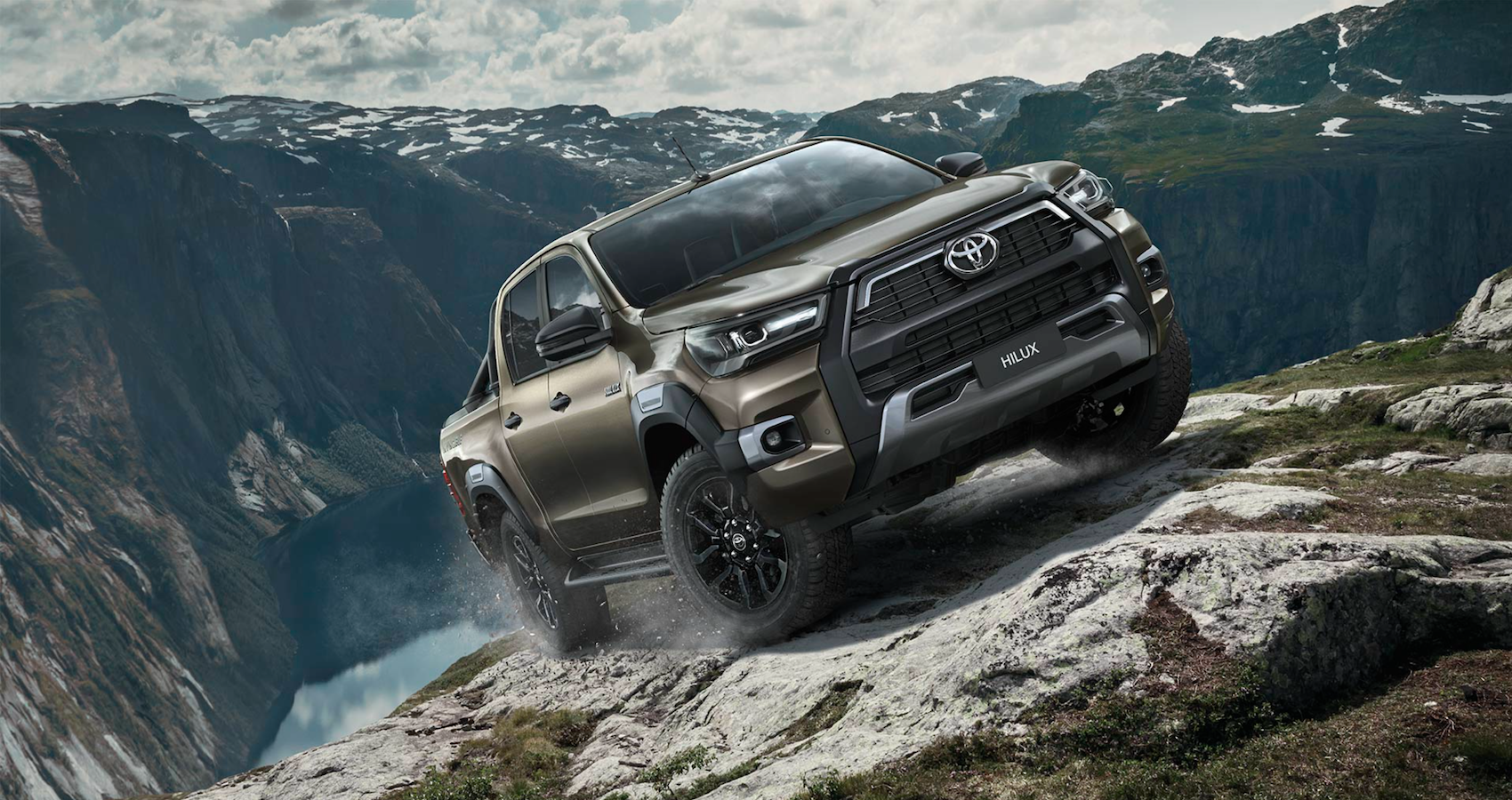
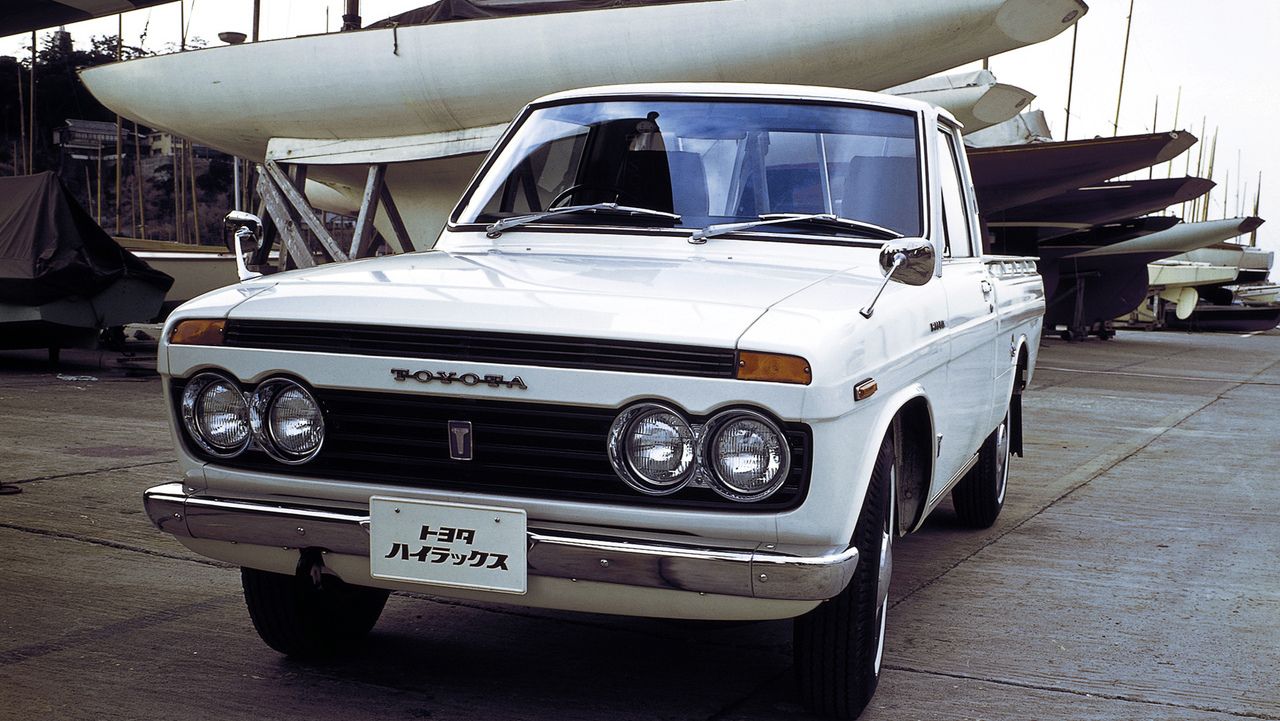
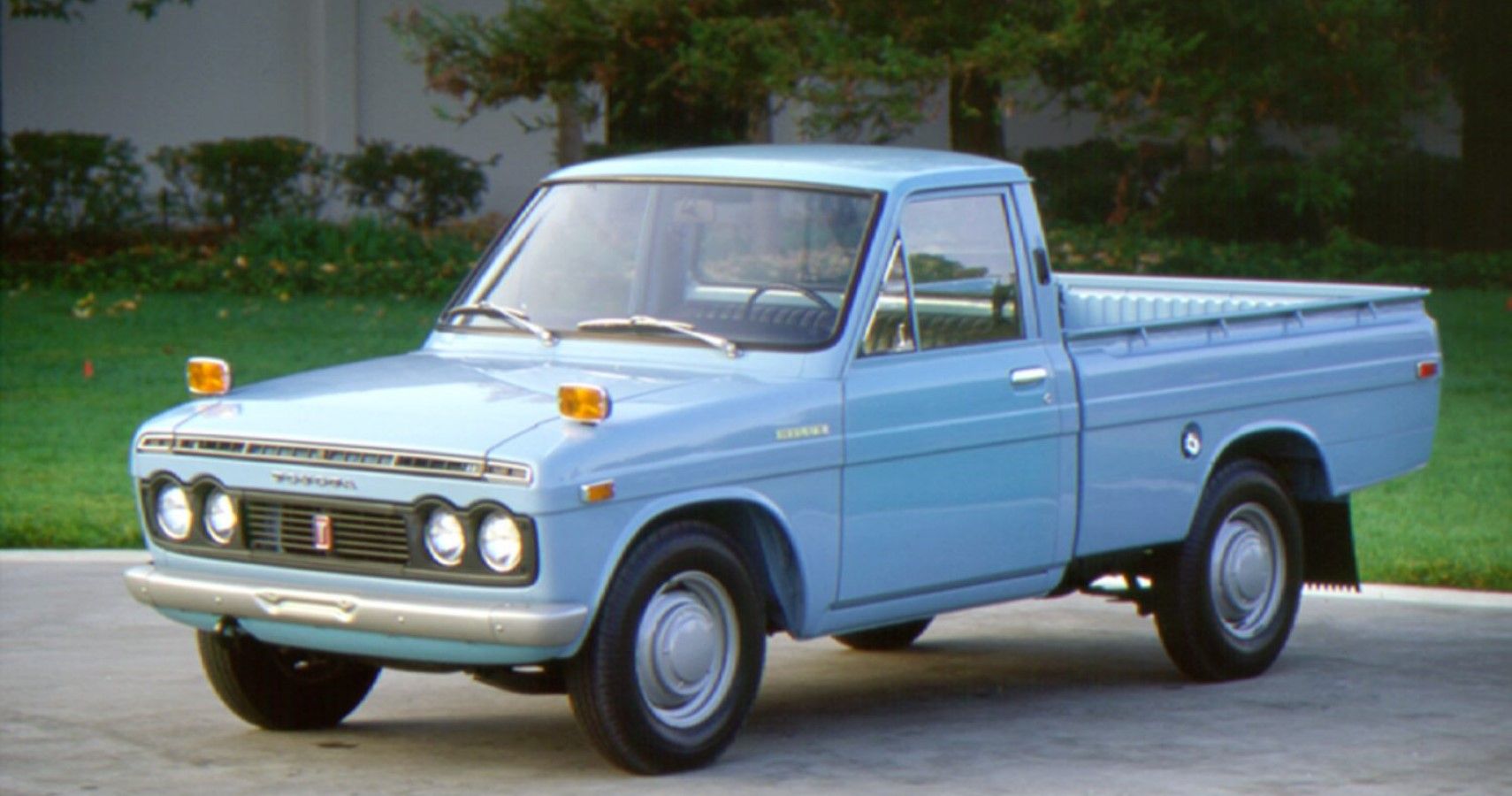
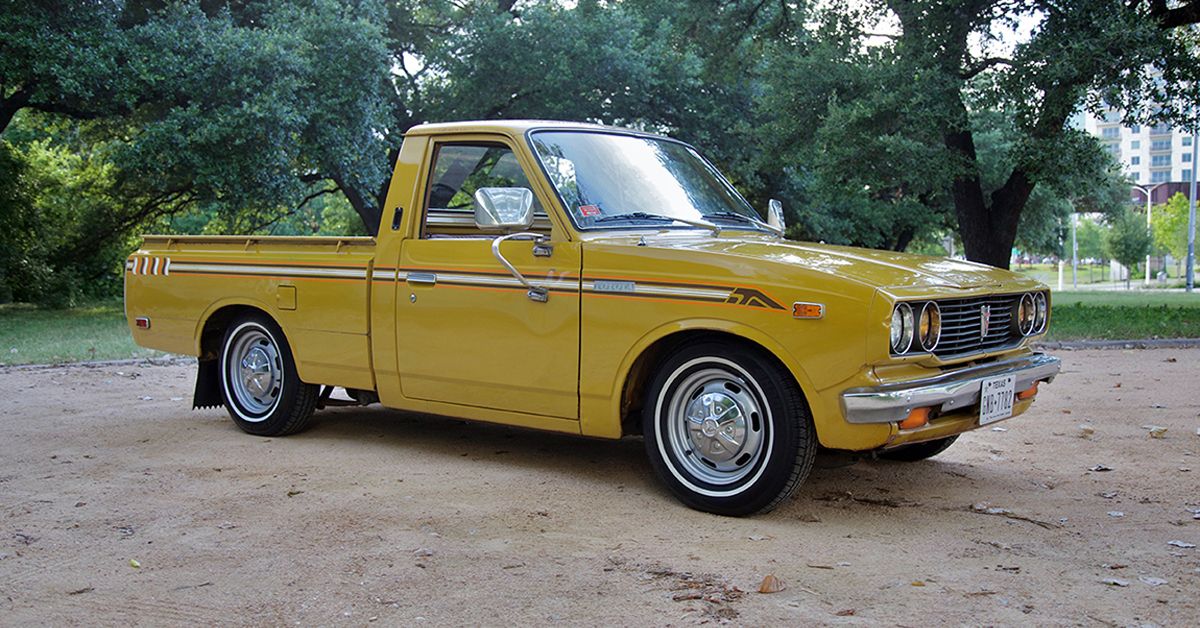
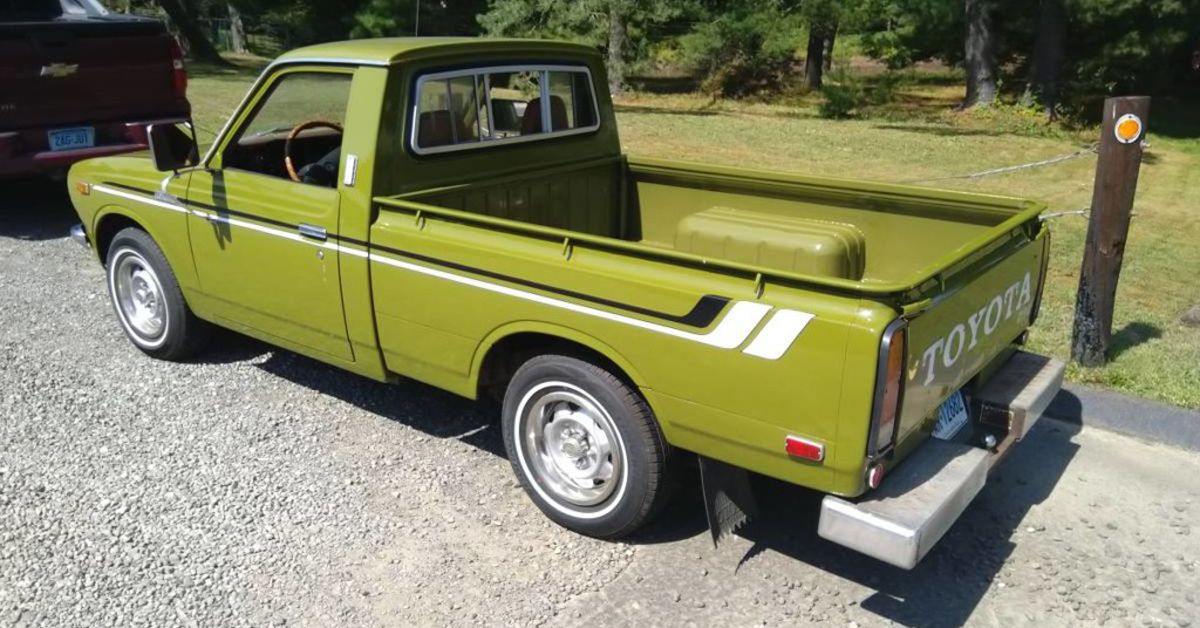
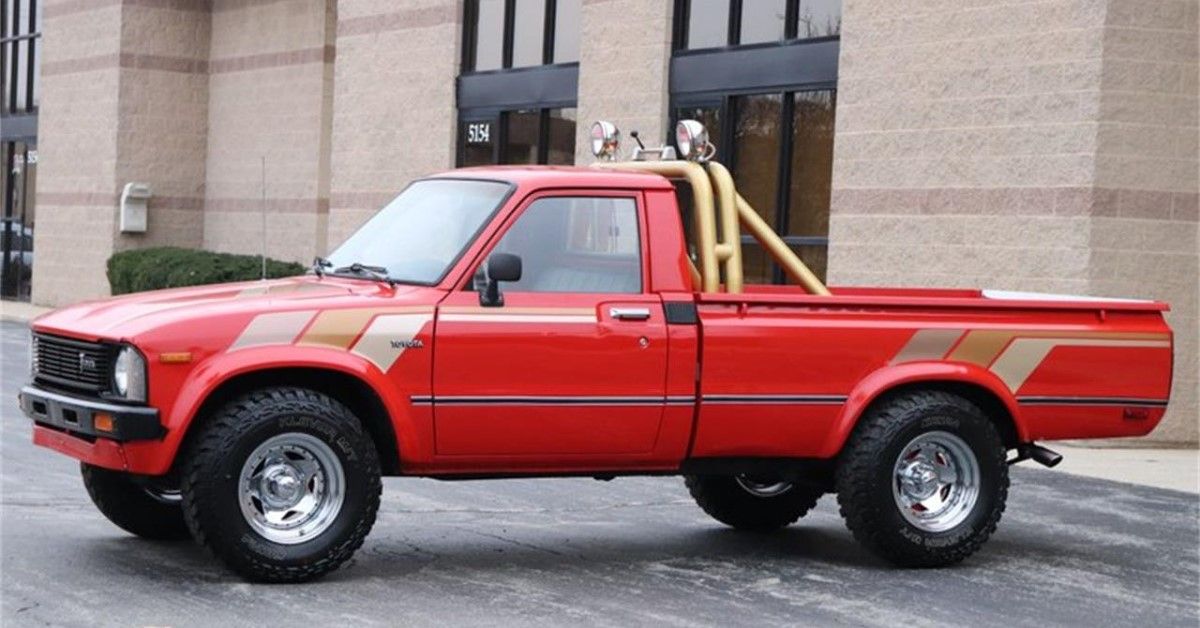
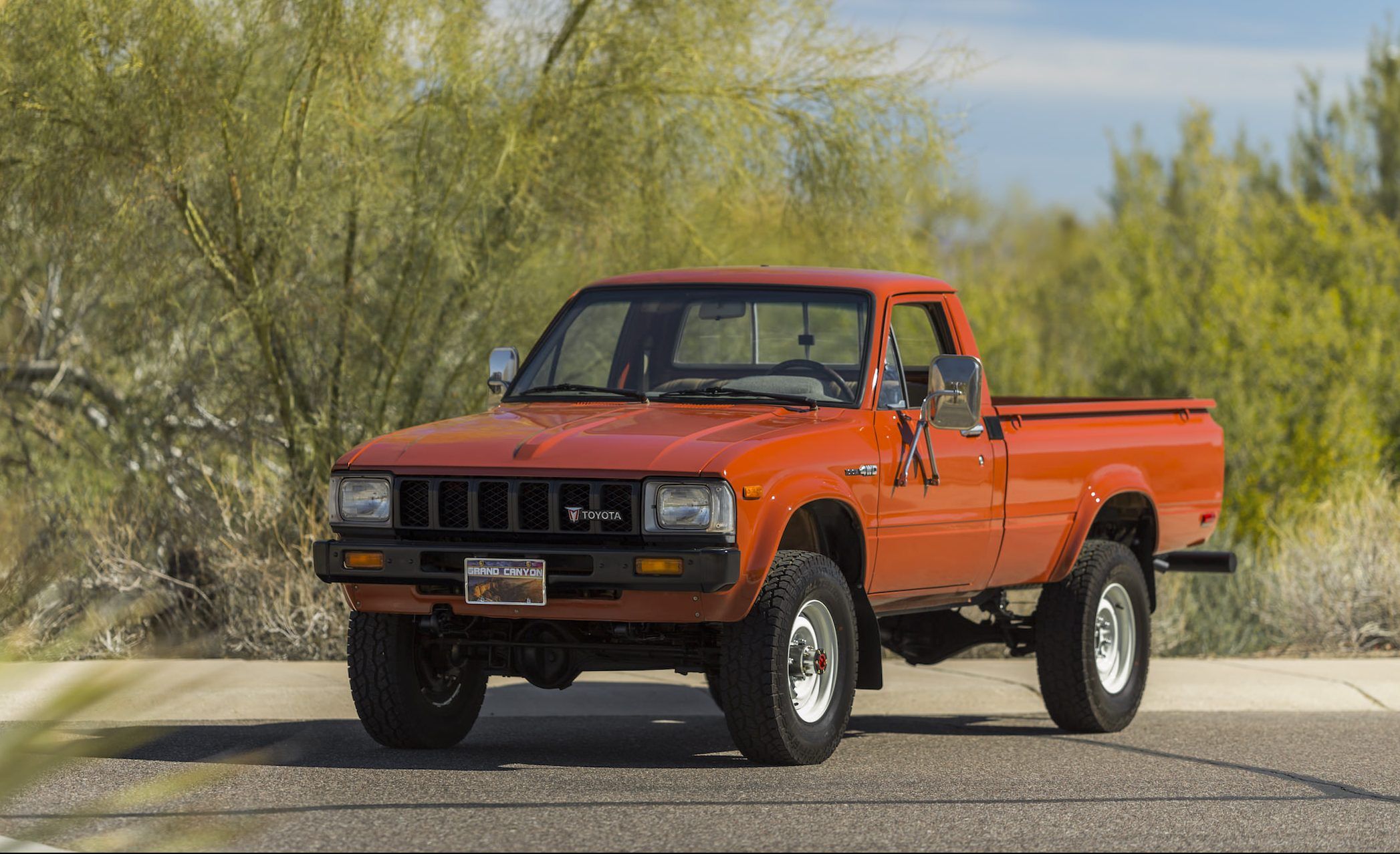
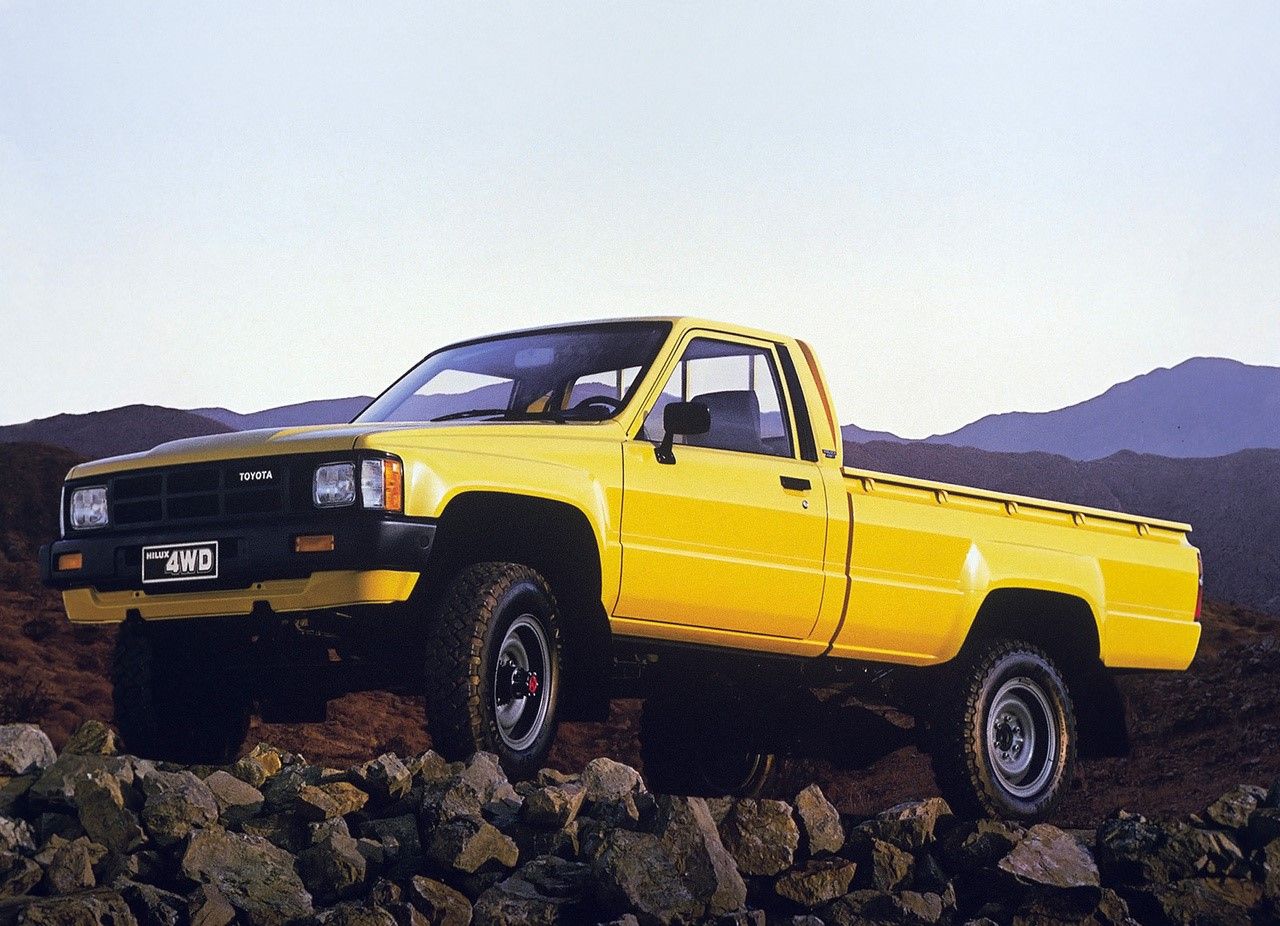
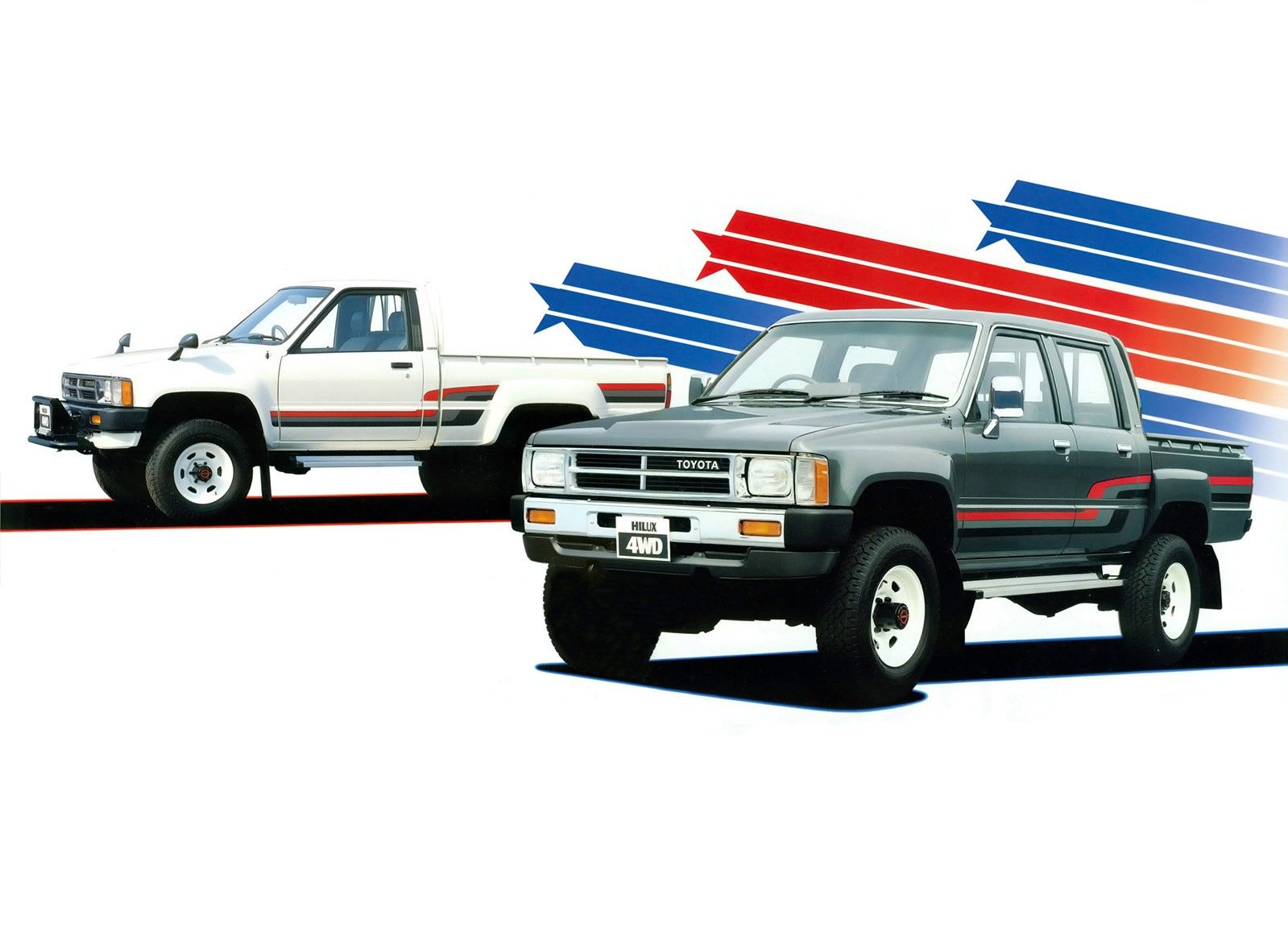
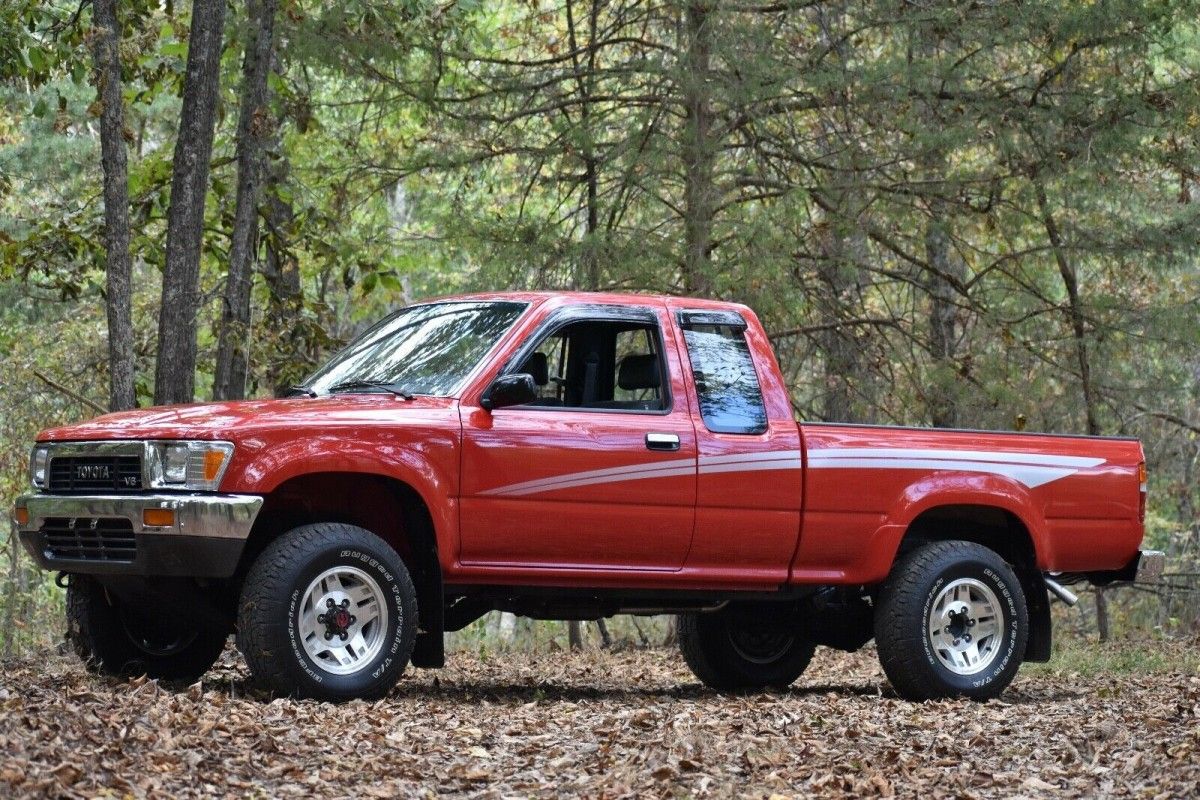
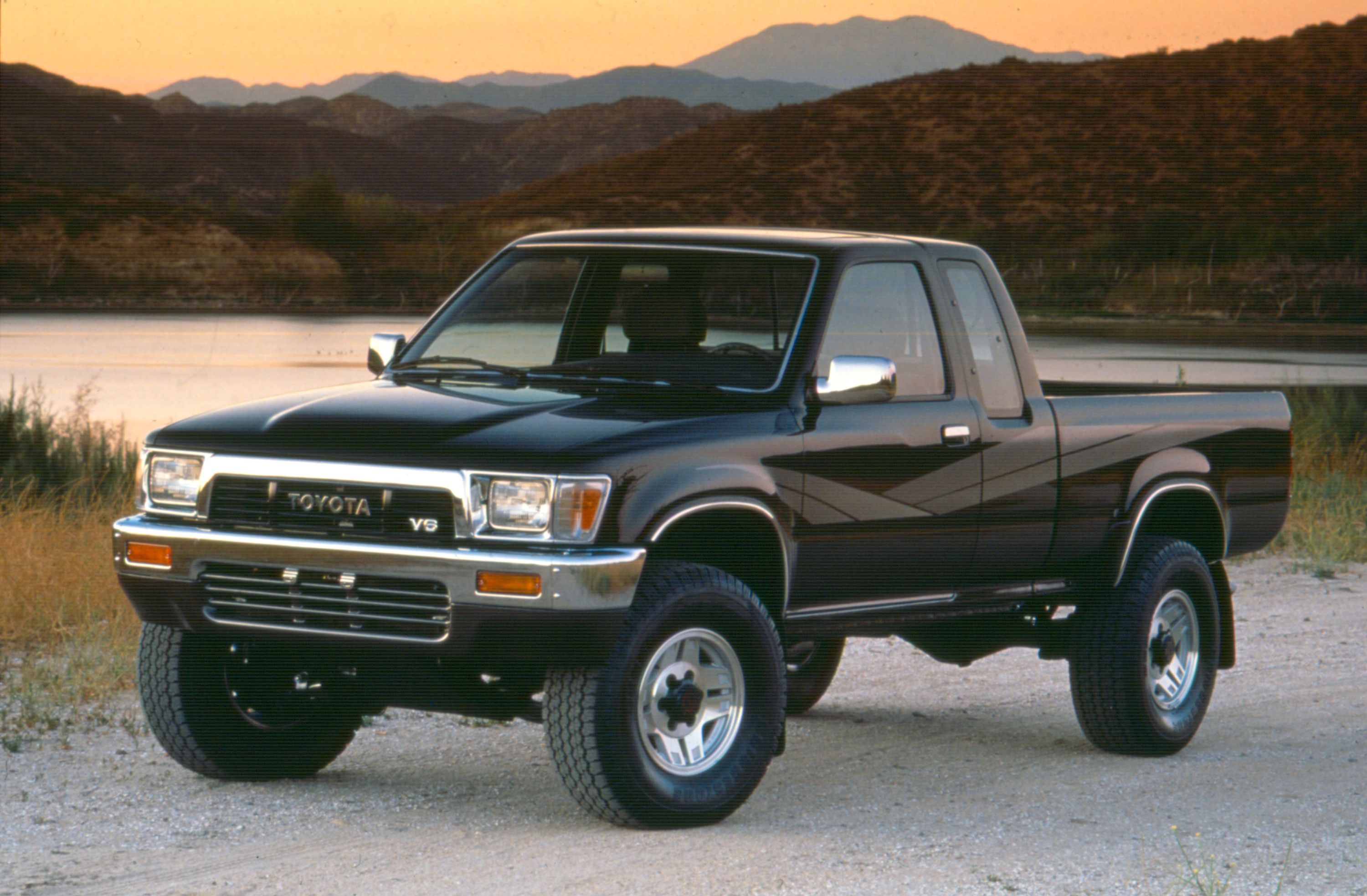
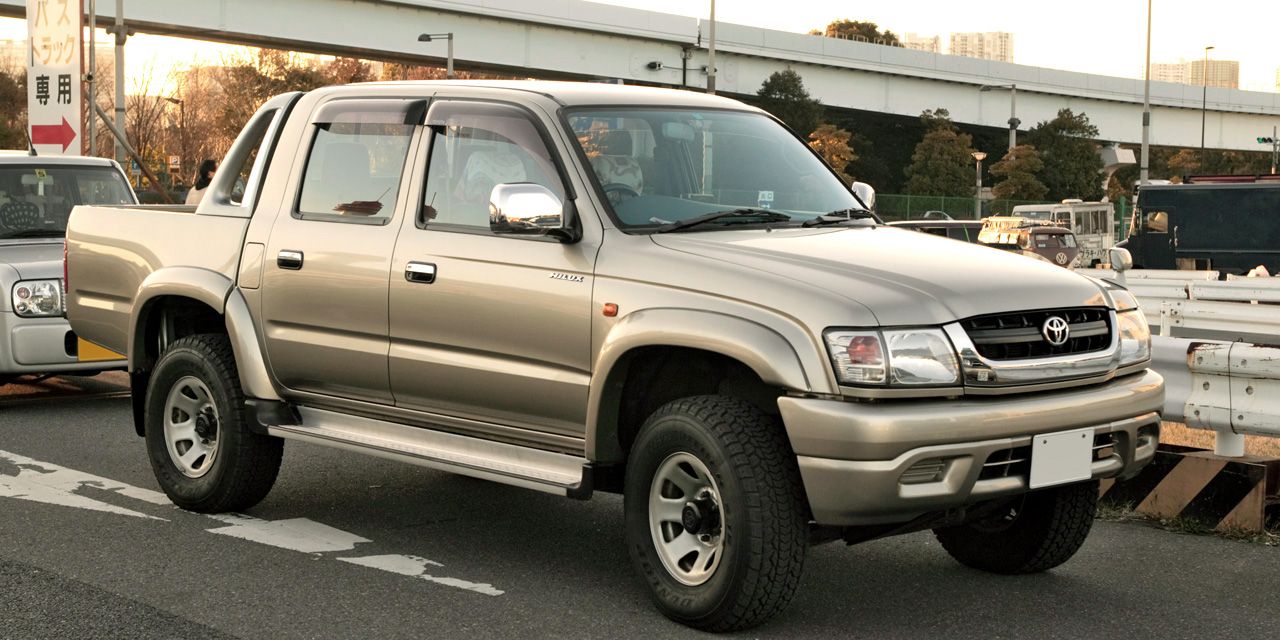
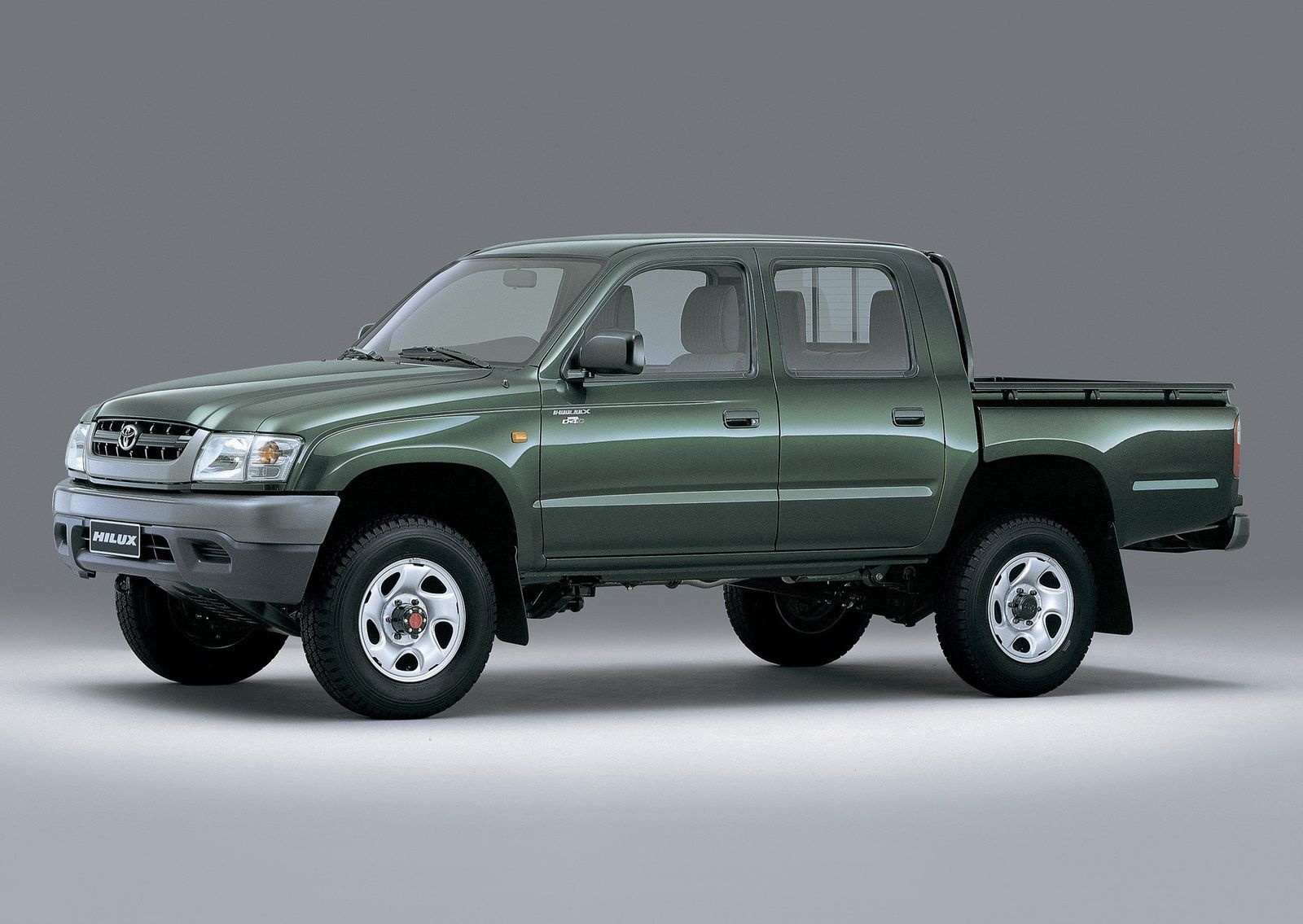
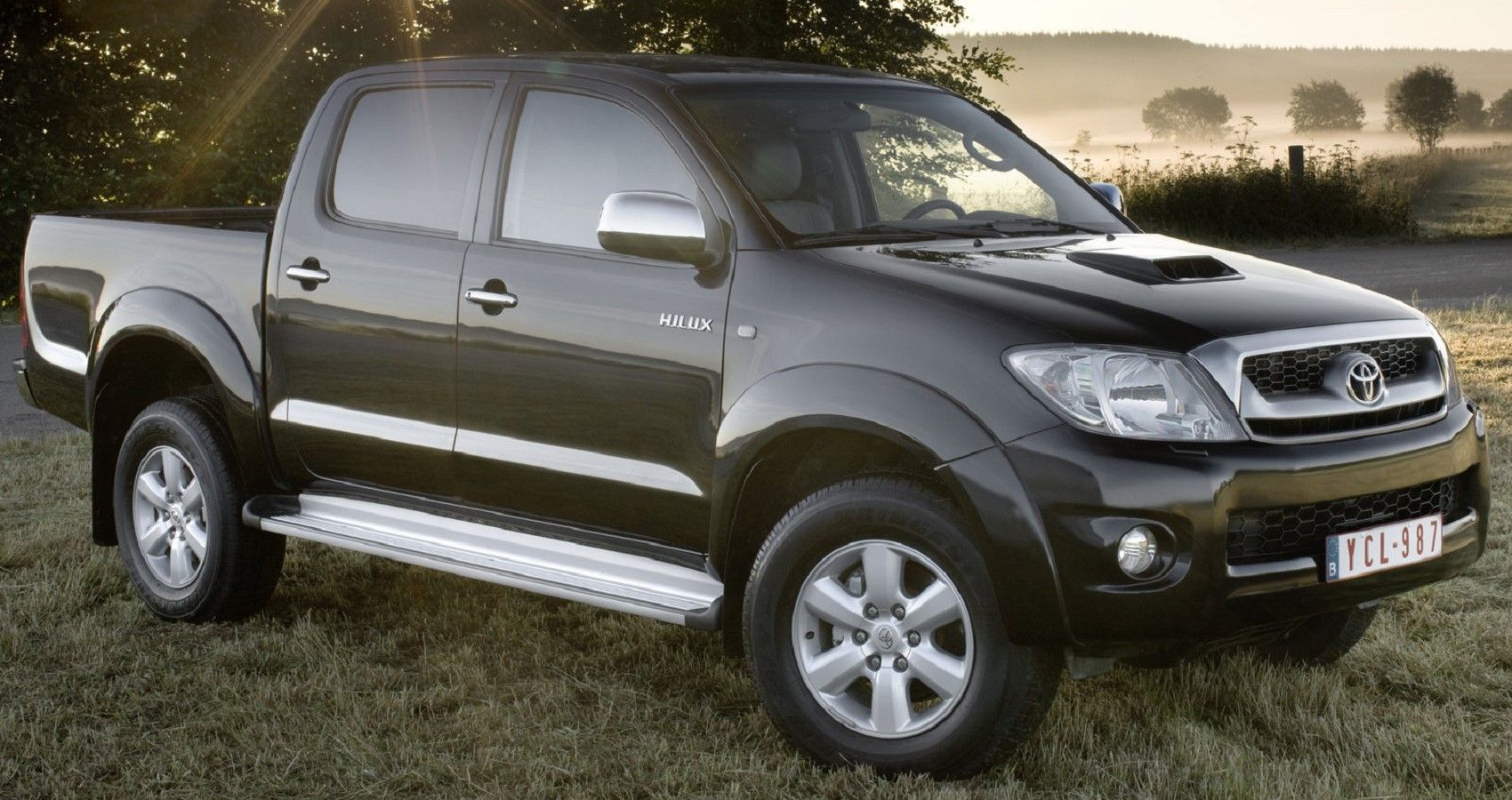


---Front-Low-Angle.JPG)